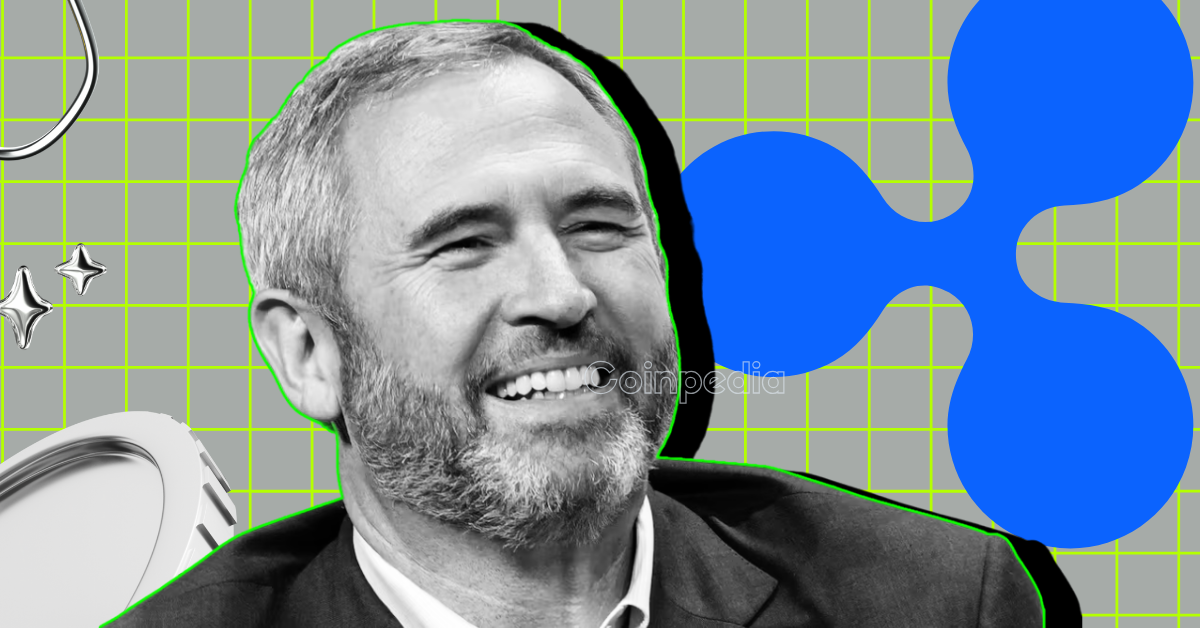The Ripple-Circle Acquisition Saga: Strategic Ambitions and Market Realities
The fintech and cryptocurrency industries thrive on bold moves, and Ripple’s reported $4–5 billion bid to acquire Circle was no exception. This high-stakes proposal—and its subsequent rejection—has ignited debates about valuation, market strategy, and the future of stablecoins. Below, we dissect the key elements of this saga, exploring what drove Ripple’s offer, why Circle walked away, and what this means for the broader financial technology landscape.
—
Ripple’s Bold Play for Stablecoin Dominance
Ripple, a heavyweight in blockchain-based financial solutions, has long sought to expand its influence beyond its native XRP token. The company’s recent foray into stablecoins with RLUSD signaled a strategic shift—one that would have been supercharged by acquiring Circle, the issuer of USDC, the second-largest stablecoin by market capitalization.
Why Circle?
– Market Position: USDC’s $61.7 billion market cap makes it a linchpin in crypto liquidity, widely used in trading, DeFi, and cross-border transactions.
– Regulatory Compliance: Circle’s emphasis on transparency and regulatory alignment (e.g., its partnership with Coinbase and audits by major firms) would have bolstered Ripple’s credibility.
– Synergies: Integrating USDC with Ripple’s payment infrastructure could have created a seamless bridge between traditional finance and crypto.
The $4–5 billion offer, while substantial, was arguably conservative given Circle’s growth trajectory. Ripple may have underestimated Circle’s self-valuation, especially as the latter eyes an IPO.
—
Circle’s Rejection: A Bet on Independence
Circle’s decision to spurn Ripple’s overtures wasn’t impulsive—it was a calculated move rooted in two key factors:
– Circle’s IPO ambitions suggest it expects a valuation exceeding Ripple’s bid. For context, Tether (USDT’s issuer) operates with less transparency but dominates the stablecoin market; Circle likely believes its compliance-first approach warrants a premium.
– The $4–5 billion range ignored USDC’s strategic role in institutional crypto adoption, particularly in Treasury management and enterprise blockchain applications.
– Going public would grant Circle access to capital markets, enabling organic expansion without ceding control. Recent filings hint at aggressive plans to diversify revenue streams beyond USDC, such as yield-bearing products and blockchain-based financial services.
– An IPO also aligns with Circle’s narrative of becoming a “next-gen financial services firm,” not just a stablecoin vendor.
The Message: Circle’s rejection signals confidence in its standalone potential—and a belief that Wall Street will reward its long-term vision more handsomely than Ripple’s checkbook.
—
Strategic Fallout: What’s Next for Both Players?
Ripple’s Path Forward
– Alternative Targets: With Circle off the table, Ripple might pivot to smaller stablecoin issuers (e.g., Paxos) or fintech firms with complementary tech. Its recent acquisition of Hidden Road (a crypto liquidity provider) shows it’s still in deal-making mode.
– RLUSD’s Uphill Battle: Without USDC’s scale, Ripple must aggressively onboard partners to make RLUSD relevant. Expect heavy incentives for exchanges and institutional adopters.
– Legal Headwinds: Ongoing SEC litigation over XRP’s status remains a wildcard, potentially deterring future M&A until resolved.
Circle’s Challenges
– IPO Execution: Market conditions for fintech IPOs are fickle. Circle must prove its profitability (beyond USDC’s reserve interest income) to justify its target valuation.
– Competition: Tether’s dominance and PayPal’s PYUSD entry intensify pressure. Circle needs to innovate—perhaps via tokenized deposits or FedNow integration—to stay ahead.
– Regulatory Risks: Stablecoins are under global scrutiny. Circle’s compliance edge is an asset, but shifting policies (e.g., MiCA in the EU) could force costly adaptations.
—
Broader Implications for Fintech and Crypto
This saga underscores how vital stablecoins have become as both a revenue stream (via reserve yields) and an on-ramp for institutional crypto participation. Expect more consolidation—and possibly regulatory fragmentation—as players jockey for position.
Circle’s public listing will be a referendum on whether crypto-adjacent firms can command traditional valuations. Success could lure others (e.g., Kraken, Ledger) to follow suit; failure may chill investor appetite.
Is Ripple a payments company, a blockchain infrastructure provider, or a stablecoin contender? Its scattered acquisitions (e.g., Metaco for custody) suggest it’s hedging bets—a risky strategy in a sector that rewards focus.
—
Conclusion: A Defining Moment for Crypto’s Maturation
The Ripple-Circle saga isn’t just a corporate tussle—it’s a microcosm of crypto’s evolution from speculative asset class to a pillar of global finance. Ripple’s bid reflected ambition, but Circle’s rejection highlighted the sector’s growing sophistication: companies now weigh partnerships against independence, valuations against vision, and short-term gains against systemic influence.
Final Takeaways:
– For Ripple: Acquisition isn’t the only path to growth. Doubling down on RLUSD’s utility (e.g., cross-border settlements) could yield dividends without the premium price tag.
– For Circle: The IPO must deliver. Investors will demand a roadmap beyond USDC—think interoperability with TradFi rails or CBDC collaborations.
– For the Market: This episode proves that crypto’s future hinges on mergers, public markets, and regulatory clarity in equal measure. The winners will be those who navigate all three with agility.
In the end, the ripple effects of this deal—pun intended—will shape fintech for years to come.











